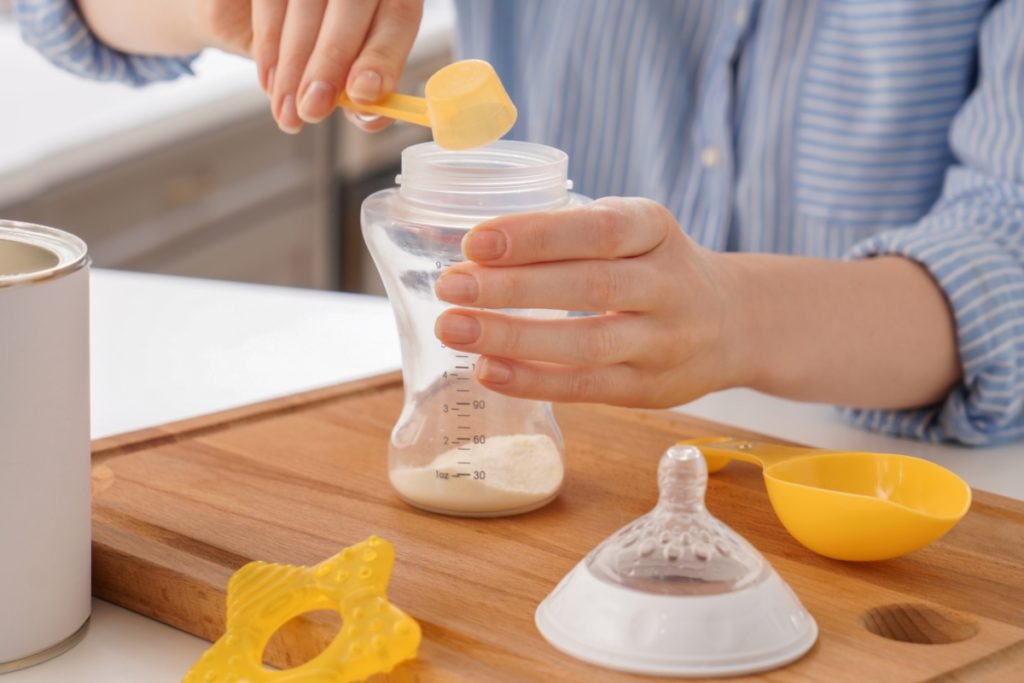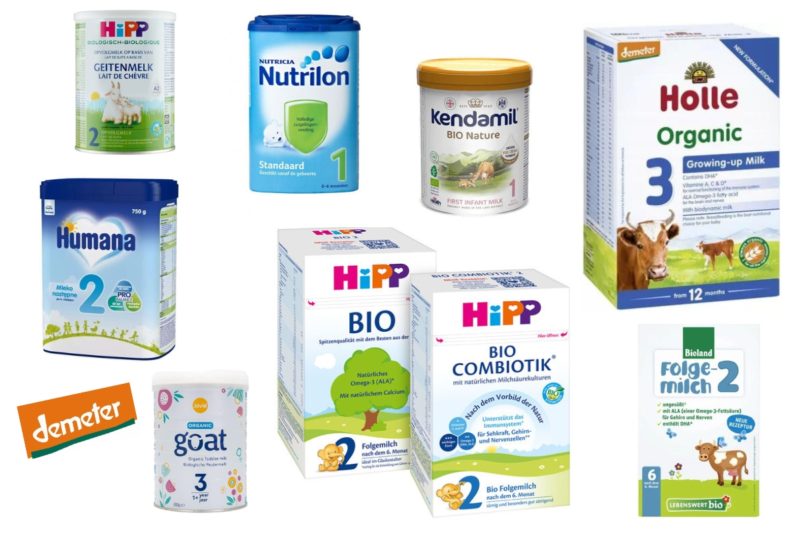If you’re looking to buy European baby formula you can spend hours researching what formula to buy, whether it’s actually safe to buy it in the US, and most importantly whether you should buy a European baby formula. Especially after multiple recalls and shortages in the US it’s not surprising that more nad more American parents began looking into importing baby formula.
What to look in baby formula:
- Lactose is the main carbohydrate (for lactose tolerant babies obviously)
- No sugar added
- Easy-to-digest proteins
- An adapted whey ratio vs casein
- Fats modeled after essential breast milk fats
European Baby Formula vs American Formula
European baby formulas are known for their superior ingredients and quality standards. Just like with any food items, all genetically modified foods and ingredients must be declared in Europe and banned from baby food of any kind.
While that’s important, there’s even more to it. Parents should choose a baby formula modeled after important breast milk attributes and not all baby formulas are created equally.
Both the United States and the European Union have regulations in place to ensure the safety and quality of baby formula. In the United States, the Food and Drug Administration (FDA) is responsible for regulating baby formula.
In the European Union, the European Food Safety Authority (EFSA) sets standards for the composition and labeling of baby formula, and the European Medicines Agency (EMA) is responsible for evaluating the safety and efficacy of any additives used in baby formula.
How is European Baby Formula Different?
Stages
On top of stricter regulations regarding labeling formula or baby food as “organic” in Europe, the most noticeable difference is that American formula is made based on “one fits all” while in Europe it’s sectioned into stages based on the baby’s development. That said you’ll see:
- Stage 1: from birth – it has lactose as the only carbohydrate (like breast milk) and does not contain any starch or maltodextrin,
- Stage 2: at 6 months – generally have higher levels of iron and vitamin D
- Stage 3: at 12 months – additional supplements, not necessary
- Stage 4: at 24 months – additional supplements, not necessary
Sugars
The EU does not allow European formula manufacturers to use corn syrup, glucose, fructose, rice syrup, table sugar (sucrose), or carrageenan, while American formula can be indeed stuffed with sugar.
Unlike European formulas, FDA (who regulates baby formulas in the US) doesn’t make it mandatory to ban additives like corn syrup or guar gum or other sweeteners. Even some Similac formulas have added sugary substances in it.
Protein Sources
On top of that, at least 30% of all carbs in European baby formula must come from lactose because lactose is the primary carb in breast milk. Lactose in baby formula can help improve digestion as it contains easier-to-digest proteins compared to more complex carbs.
European formulas often focus on whole milk, which contains more milk fat that has multiple benefits for cognitive development. There are even ones made with goat’s milk, which is rare to find in the United States as EU stays ahead of the US in the goat milk formula race.
Additives
European formulas are required by law to have Omega-3 DHA added to them. It’s not the case with American formulas.
Another difference between US and European formulas is that European brands don’t use gums or carrageenan to thicken their products, whereas US brands do.
Organic certificate
Most importantly… The FDA also doesn’t regulate organic certification, leaving consumers to rely on the manufacturer’s word that their product was produced without fertilizers or pesticides!!
Remember last year when many “organic” brands turned out to be quite the opposite of organic? In order to be classified as “organic” in Europe the brand will need to pass very regulations. Look for Demeter logo on the formula and you’ll know that it’s truly organic.

Why Various European Brands Aren’t Approved in the US?
The reason is actually quite a silly legal matter if you investigate it – it’s about iron.
Iron
American regulations require that baby formulas contain 1 milligram of iron per serving, whereas European guidelines require just .2 milligrams per serving. This is why Hipp or Holle brands cannot be approved in the US, even though they are produced according to stricter regulations overall.
HOWEVER, European regulations believe that iron is more needed in stage 2 formula as this is when the iron level weans off from the mother and pregnancy and they contain between 0.6 – 1.7 mg or iron. American formulas don’t distinguish stage 1 and stage 2 and markets all formulas for up to 12 months of age – this is why.
Notice that all of these US formulas have iron concentrations well above the maximum allowable concentrations set by the EU for babies of that age.
Basically, if you think about it… baby formula could contain GMOs, and sugary substances, claim to be organic while it’s not, and be approved by the FDA as long as it contains 1 milligram of iron.
Considering that recent studies showed that the more iron-fortified formula a child consumed in infancy, the lower their arithmetic and calculating abilities were in adolescence, the police of more iron is great is questionable.
Which European formula is closest to breast milk?
Europe’s biggest and most popular organic baby formula brands: HiPP, Holle and Humana. All these brands are leaders in Europe’s organic baby food industry and
There are other European formula brands like Jovie, Aptamil (now available also in the US) and also including Almiron, Aptamil, Bebilon, Gallia and Nutrilon (names vary depending on the country), Kendamil, Lebenswert Bio, or Nestle NAN (also leading formula in Latin America).
Hipp is different depending on the country. If you buy Hipp formula in Germany it will vary slightly from one bought in the Netherlands or the UK.
HiPP Stage 1 from the Netherlands & Germany has a probiotic while UK HiPP Stage does not. The Dutch HiPP is soy-free whereas the German and UK HiPP are not.
Formula Is Importing European Formula Legal?
There’s false information spreading that importing baby formula to the US is illegal. To be clear, importing European baby formula for commercial use is not illegal, it just has to meet certain requirements.
Commercial imports of food products require a filing of “Prior Notice” to the FDA. The importer must also be registered with the FDA before their goods will be allowed into the US.
Importing formulas for personal use has never been illegal and never sanctioned either.
Where to Buy European Baby: Best Tips
If you’re buying an EU formula, buy from a reputable seller. Don’t buy from new random resellers as the formula could be tampered with or even expired!
Thankfully, these days there are various reputable importers on the market. A few I recommend:
While instructions to prepare the formula will obviously be in German, Dutch, French or another language depending on where you’re importing it from, it’s not rocket science… it tells you how many scoops to dissolve in how many ml – as Europe uses the metric system and milliliters instead of ounces.
I can tell you that I actually find European (or even Latino) formulas easier to manage because the European scoop is half the size of the American scoop. You can make smaller quantities of formula instead of making more and having to waste it, which is especially important with smaller babies who don’t eat much in one feeding.






Leave a reply